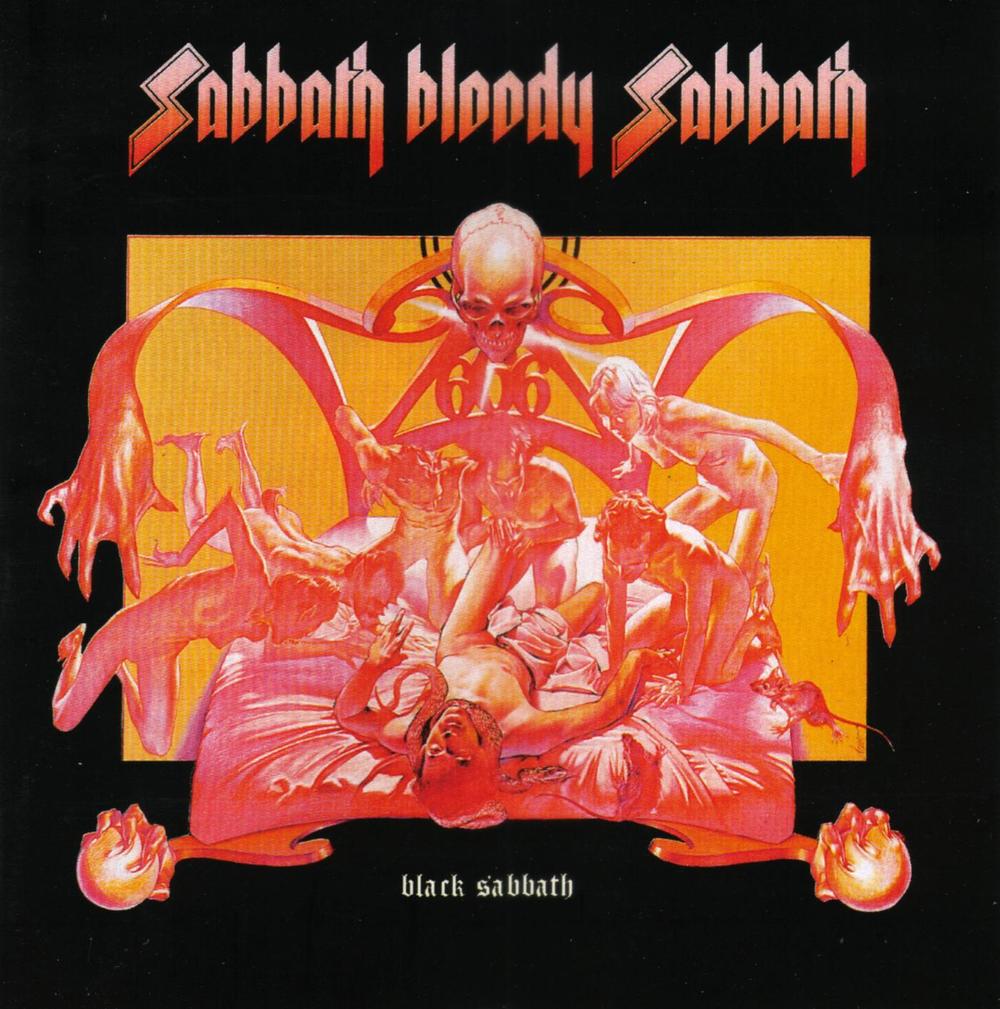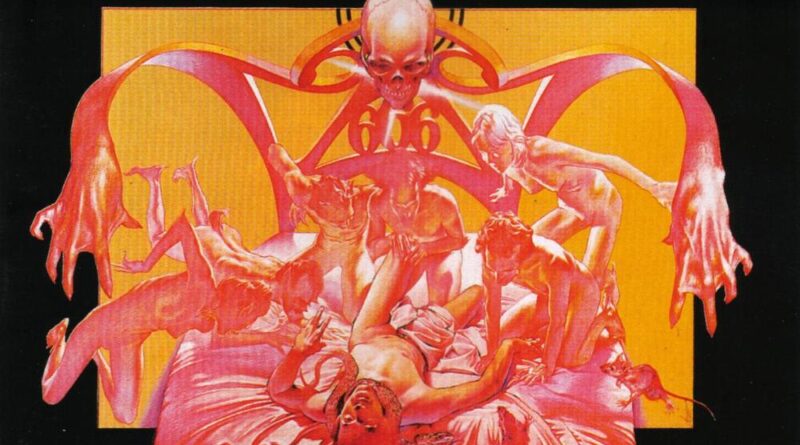HEAVY MUSIC HISTORY: Sabbath Bloody Sabbath – Black Sabbath
After monumental success with their first four albums, by 1973 BLACK SABBATH were on top of the world. Having been in a relentless touring and recording schedule over the last four years four working class lads from bombed out Aston were now giants of rock in the UK and the USA. However, by the time the band’s fifth album in as many years, Sabbath Bloody Sabbath, was due to be recorded, cocaine and fatigue were starting to play a major role in the band’s day to day life. The wheels on the BLACK SABBATH machine were starting to falter. Like most BLACK SABBATH albums, there was an inevitable trail of drama and destruction that followed them as the band desperately tried to salvage their minds and creative spark.
After the relative success of its predecessor Vol. 4, the band were initially in good spirits going into the writing and recording process of what would eventually become Sabbath Bloody Sabbath. The band wanted to capture the recording atmosphere and magic of Vol. 4, so they returned to the Record Plant Studios. SABBATH rented a house in Bel Air and began writing the album, however due to the fatigue and substance abuse they hit a writer’s block of mammoth proportions. In Steven Rosen’s 1996 book The Story Of Black Sabbath: Wheels Of Confusion, Tony Iommi stated “Ideas weren’t coming out the way they were on Vol. 4 and we really got discontent, everybody was sitting there waiting for me to come up with something. I just couldn’t think of anything. And if I didn’t come up with anything, nobody would do anything.” The frustration was palpable.
It was after the band’s Hollywood Bowl show at the end of the Vol.4 tour that the heavy cocaine usage and fatigue was starting to take its toll. Iommi would walk off stage that night and collapse due to the drugs and exhaustion, Geezer Butler would state to Mojo Magazine “Tony collapsed. It was really touch-and-go at one point whether he’d survive or not because he was totally depleted. So we had to cancel the rest of the tour and we actually took time off for the first time since the band started. We got away from each other and had a social life. Then we came back together to start on the next album, and couldn’t come up with anything.” Talking to Phil Alexander in 2013, Iommi commented on the writer’s block saying; “I panicked because I didn’t have a single idea about what to write. It might have been the drugs, it could have been the pressure, but either way I felt it was my fault.”
After a month in Los Angeles, SABBATH packed up and came back to the UK. They rented Clearwell Castle in the Forest of Dean, Gloucestershire. Previous artists such as LED ZEPPELIN and DEEP PURPLE had recorded there previously, and the gothic medieval surroundings revitalised the band’s creative energy. It was in the walls of the castle’s dungeon that Iommi stumbled across the riff for Sabbath Bloody Sabbath. The castle was perfect for the band, its creepy surroundings, alleged ghosts and eerie vibe rejuvenated the band. It was also the perfect territory for the band to play merciless practical jokes on one another, with drummer Bill Ward usually getting the worst of it.
Sabbath Bloody Sabbath built on the stylistic changes of Vol.4 but incorporated more synthesisers, strings, keyboards and more complex arrangements. It even included the musical talents of former YES keyboardist Rick Wakeman and Iommi playing the flute and Moog synthesiser – previously bought by Osbourne but he didn’t know how to use it – amongst other things. Lyrically, Butler took the band in a new direction, most notably he contemplated on the mysteries of birth and DNA, as heard in A National Acrobat and Spiral Architect. The contemplative lyrics also made their way into Killing Yourself To Live, which Butler wrote in hospital after having kidney problems caused by heavy drinking, it also held a mirror up to Ward’s alcoholism too. Osbourne stated that Sabbath Bloody Sabbath “[Was] our last truly great album, I think… And with the music we’d managed to strike just the right balance between our old heaviness and our new, ‘experimental’ side.”
When the album was released in December 1973, it was the first time that SABBATH would receive favourable reviews in the mainstream press. Most notably Rolling Stone would call the album “an extraordinarily gripping affair” and “nothing less than a complete success”. It was SABBATH’s fifth consecutive platinum selling album in the United States with Iommi calling the album “the pinnacle”. Its incredible impact on modern rock and metal has been spoken boy by the likes of Kirk Hammett and Slash. Yet despite its success the album was the beginning of the end for the original line up of the band. With tension and resentment beginning to mount, Osbourne elaborated to Mojo “Sabbath Bloody Sabbath was really the album after which I should have said goodbye because after that I really started unravelling. Then we ended up falling out of favour with each other.”
Sabbath Bloody Sabbath is a bittersweet album. In one hand it sees BLACK SABBATH at their creative pinnacle but on the other the self-destruction that fame and fortune brings looms large over it. Despite being a stunning album, even now it feels like the swan song for that first era of SABBATH, with that finality in mind it is probably why it feels like one of the band’s best ever albums.

Sabbath Bloody Sabbath was originally released on December 1st, 1973 via Vertigo Records.
Like BLACK SABBATH on Facebook.


My first Sabbath album, and my mum found the album jacket under the sofa and threw it out it was so devilish looking, but I still had the record😋